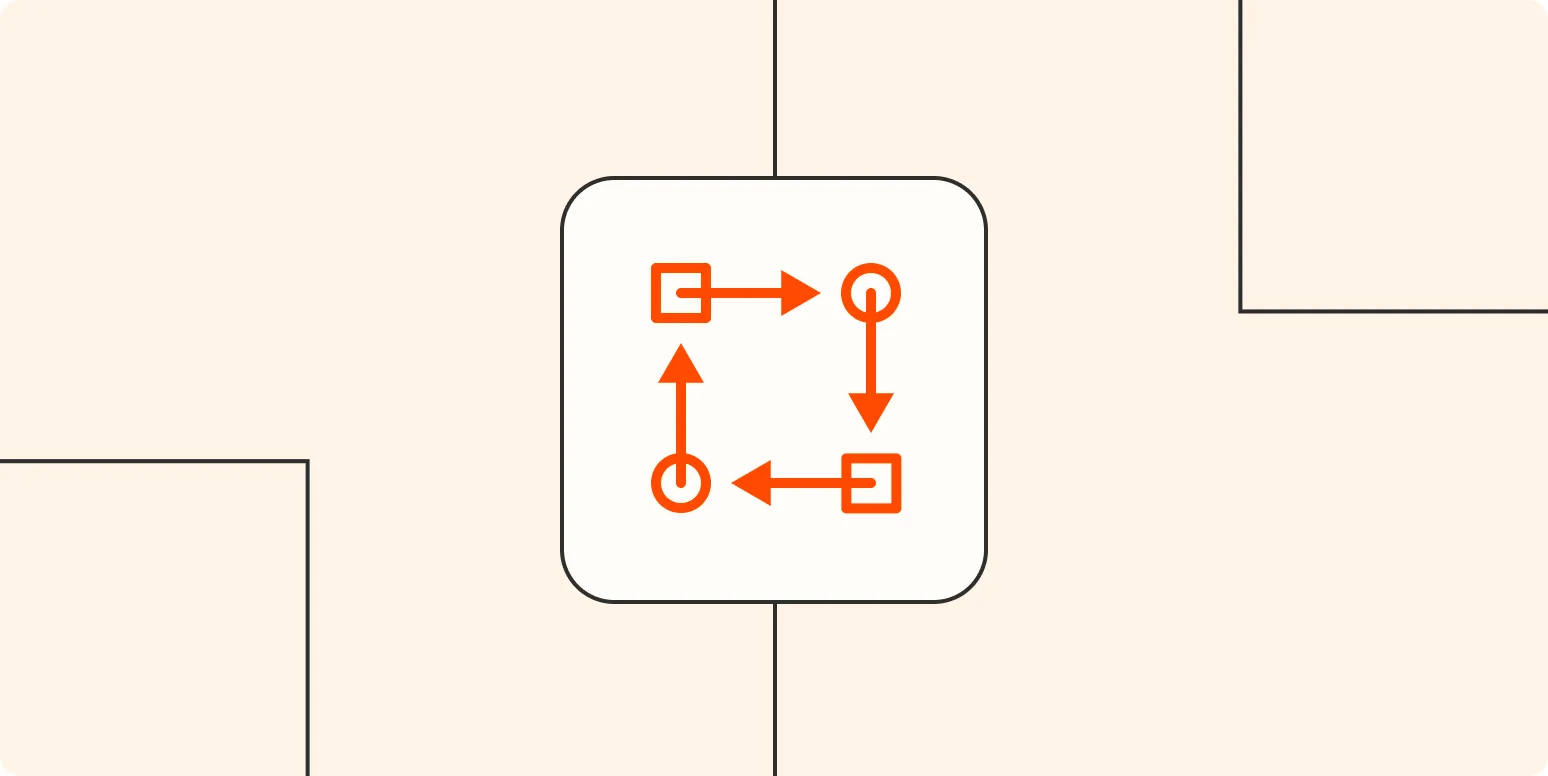Understanding Workflow Management
Workflow management refers to the process of defining, executing, and monitoring workflows to optimize efficiency and productivity within an organization. It encompasses a series of tasks and activities that are structured to achieve a specific goal. By streamlining operations, businesses can minimize errors, reduce costs, and enhance overall performance.
At its core, workflow management aims to create a seamless flow of information and tasks across various departments, ensuring that projects move from one stage to another without unnecessary delays. This is crucial in today's fast-paced business environment, where agility and responsiveness can be the difference between success and failure.
Key Components of Workflow Management
There are several critical components involved in effective workflow management:
- Process Mapping: Understanding the current workflow and mapping out each step is essential for identifying inefficiencies and areas for improvement.
- Task Automation: Automating repetitive tasks can save time and reduce the potential for human error, allowing staff to focus on more strategic activities.
- Collaboration Tools: Implementing tools that facilitate collaboration among team members can enhance communication and streamline project execution.
- Performance Metrics: Establishing key performance indicators (KPIs) allows organizations to measure the effectiveness of their workflows and make necessary adjustments.
Best Practices in Workflow Management
To maximize the benefits of workflow management, organizations should adhere to several best practices:
1. Define Clear Objectives
Before implementing any workflow, it is essential to define clear objectives. This involves understanding the end goals and how each step contributes to achieving them. By aligning workflows with organizational objectives, teams can ensure that their efforts are focused and productive.
2. Involve Stakeholders
Engaging stakeholders from different departments is crucial for successful workflow management. Their insights can help identify potential bottlenecks and provide a comprehensive view of the workflow process. Involvement fosters a sense of ownership and encourages buy-in from all parties involved.
3. Leverage Technology
Utilizing workflow management software can greatly enhance productivity. Tools such as project management systems and task automation software streamline processes and provide real-time visibility into project status. These technologies can also facilitate remote collaboration, which is increasingly important in today’s work environment.
4. Continuously Monitor and Adjust
Workflow management is not a one-time task; it requires continuous monitoring and adjustment. By regularly reviewing workflows and analyzing performance metrics, organizations can identify inefficiencies and implement changes to improve productivity. This iterative approach ensures that workflows remain relevant and effective over time.
5. Train Employees
Providing training for employees on workflow management practices and tools is vital for ensuring smooth implementation. Knowledgeable employees can leverage workflow systems more effectively, leading to increased efficiency and better outcomes. Ongoing training also helps teams adapt to any changes in processes or technologies.
Visualizing Workflow Management: A Sample Workflow Chart
To illustrate the concept of workflow management, consider the following chart depicting a simplified workflow for a marketing campaign:
| Step | Task Description | Responsible Party | Status |
|---|---|---|---|
| 1 | Market Research | Marketing Team | Completed |
| 2 | Content Creation | Content Team | In Progress |
| 3 | Design Graphics | Design Team | Pending |
| 4 | Campaign Launch | Marketing Team | Upcoming |
This chart provides a clear overview of the workflow process, allowing stakeholders to track progress and address any issues that may arise.
The Role of ReferrerAdCreative in Workflow Management
In the realm of digital marketing, tools like ReferrerAdCreative play a significant role in enhancing workflow management. By providing data-driven insights and creative solutions, ReferrerAdCreative enables teams to optimize their marketing strategies effectively. This software can assist in streamlining advertising campaigns, automating creative processes, and analyzing performance metrics, thereby contributing to a more efficient workflow.
Moreover, the integration of ReferrerAdCreative with existing workflow management systems can enhance collaboration between marketing and creative teams, ensuring that projects are executed smoothly and on schedule. By leveraging advanced analytics and reporting features, businesses can also make informed decisions that drive better results.
Conclusion
Effective workflow management is crucial for enhancing productivity and achieving organizational goals. By defining clear objectives, involving stakeholders, leveraging technology, continuously monitoring processes, and providing employee training, businesses can optimize their workflows for maximum efficiency. Tools like ReferrerAdCreative further bolster these efforts, enabling organizations to streamline their marketing workflows and stay ahead in a competitive landscape.





